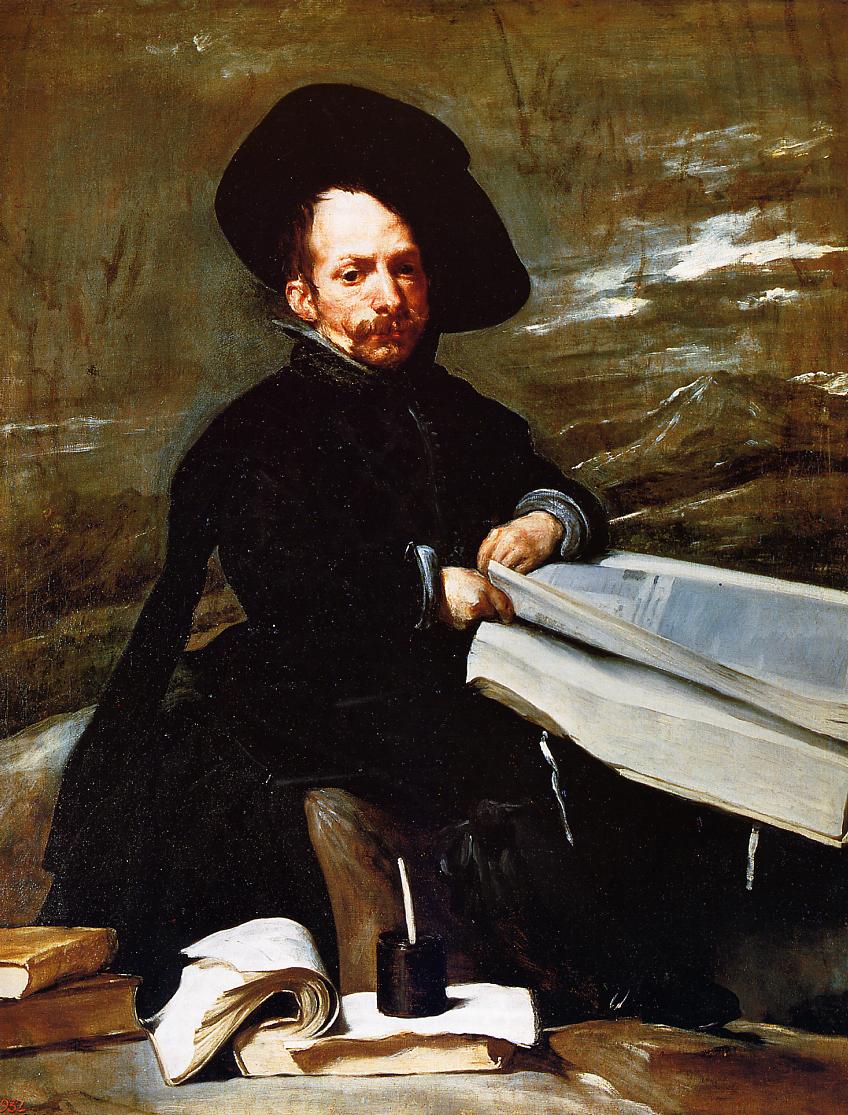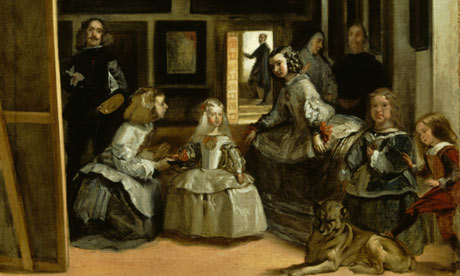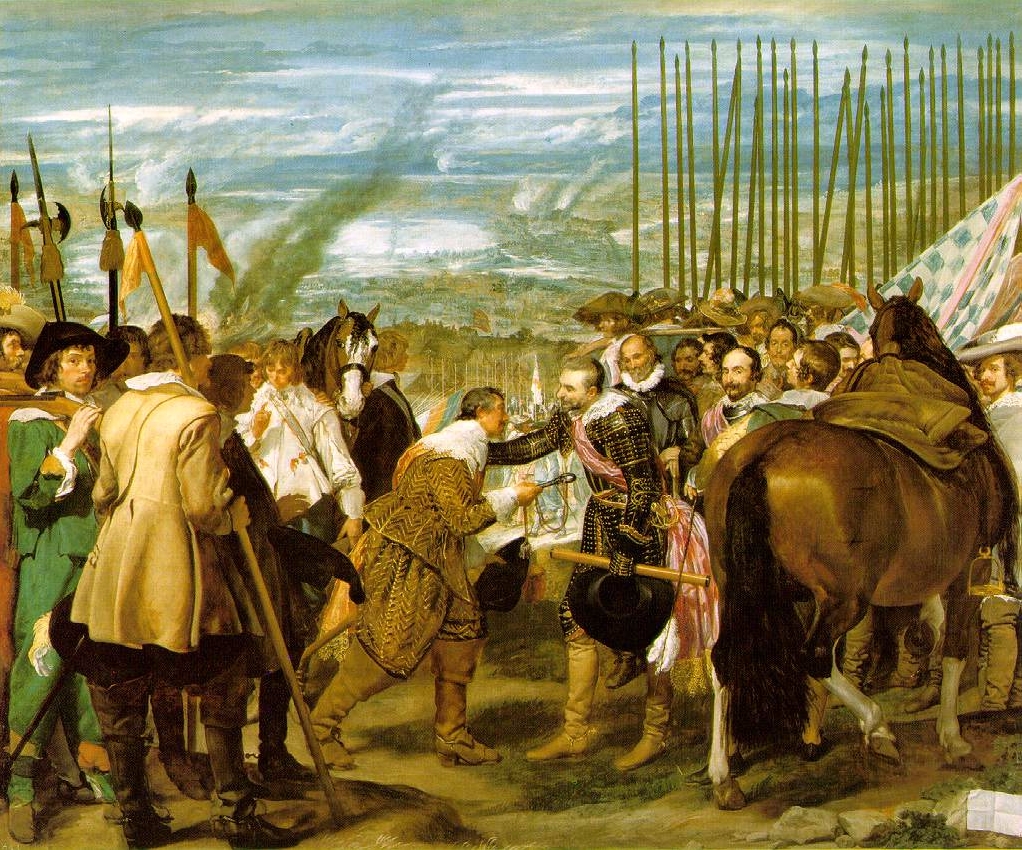Today Paqui has started the class saying when we have to give her the notebooks. Then we have remembered the things we did last day and we have checked the scheme we had for homework. We have started with Voltaire and wth his phrase "I don't agree you, but I will defend you right express your opinion in any circunstance".

Voltaire
After we have told about Montesquieu: he defended the division of powers (lesgilative, ejecutive and judicial).
Montesquieu
We have talk about the importance of the division of powers for people. We have finished with the Swiss philosopher Rosseau who defended the institutions that protected the people's rights to hadn't a caothic situation the State Government.
.jpg)
Jean Jacques Rosseau
He also defended the Social contract and the General Will, that was a will that also defended that people had all the powers. Afterwords we have seen the economic thinking that comprends the phisiocracy. The physiocrats considered agriculture was th main economic activity. The Enlightened Depotism people like Catherine II of Russia,, Frderic II of Prussia or Charles III who introduced reforms in their kingdoms with a paternalist attitude.
When we have finished with this point we have started the new point of the unit, The Independence of the 13 states of North America and the creation of the USA. Then Paqui has said tat it is a typical question for the history exam.

The Independence of the Thirteen colonies of USA
We have done a table with the following points: previous system, causes development and consequences, to know better this part of the history. We have to complete it for the next Monday. At the end of the class Paqui has done a map with different territories in this moment.
The words we have added to the glossary are:
-Freedom of speech: libertad de expresión
-To avoid: evitar, impedir
-To cede: ceder
-Social Contract: Contraro Social
-Hypothetical agreement: hipotético supuesto pacto
-Committment: compromiso
-In jail/ prison: en la cárcel
-Physiocracy: fisiocracia
-Free trade: libertad de comercio
-Paternalist: paternalismo
-Depotism Enlightened: Despotismo Ilustrado
-To aware for: Ser consciente de
See you as earliest as possible!
Luis

























.jpg)






